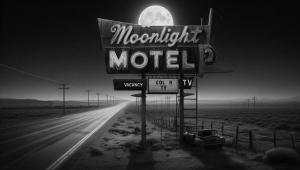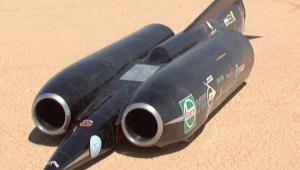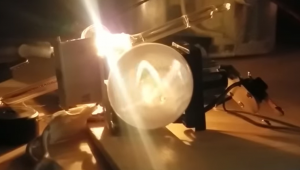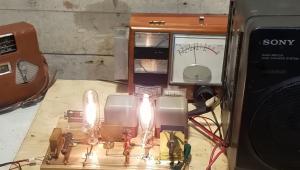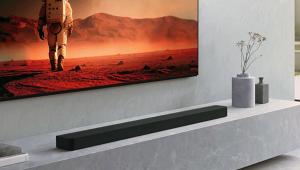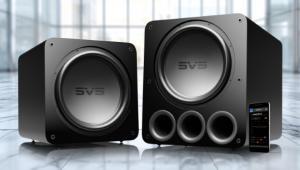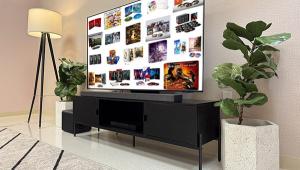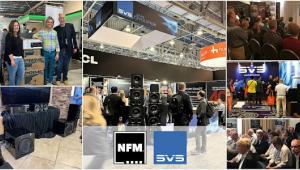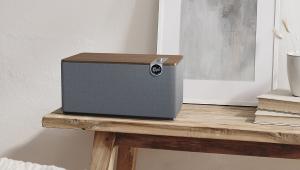Building DIY Loudspeakers: How Hard Can it Be?

A permanent magnet, a voice coil, and a diaphragm, and you are in the business of converting electrical signals into sound. I don't want to trivialize the profound art and science of loudspeaker design - few things are more difficult or frustratingly hard to quantify — but let's face it — loudspeaker technology, although immensely refined over the last 94 years, is still pretty much unchanged. I don't want to hurt anyone's feelings, but loudspeakers are, in fact, a primitive technology.
The longevity of loudspeaker technology is testament to its greatness, but the miracle of the law of induction is available to anyone with a few simple materials and tools. Voila! Behold the DIY loudspeaker!
Now, it is well known that the single most important differentiating factor in audio playback systems is the transducer. You can argue all you want, but files of reasonably high bit rate, amplifiers, and other bits in the signal chain have a relatively insignificant effect on sound quality compared to the loudspeaker. The sound quality of loudspeakers encompasses a vast range, and creates some of the most urgent decisions and discussions in audio. In that context, a DIY loudspeaker must fall at the low end of the sound-quality scale.
Now, when I say DIY loudspeaker, I am not talking about putting a JBL transducer in a homemade wooden cabinet. And I am not talking about changing the J to a D, the B to an I, and the L to a Y. I am talking about using an inexpensive actuator and some cheap materials to transduce sound.
Let's go to the video! But let's not waste our time on goofy click bait extolling tin cans and string. Consider this tutorial: The gentleman in the Tech Ingredients channel provides some excellent information on how to use $6 audio exciters to build distributed-mode dipole loudspeakers. He starts with demonstrations showing different membrane materials (things like ceiling tiles), different panel shapes, different actuator positioning on the panel, and other factors. I particularly liked his demonstrations of resonance modes in panels.
The channel also has a follow-up video where he measures a number of different DIY loudspeakers and compares the response to a Polk bookshelf speaker. It is unfortunate that the measurements are not taken in an anechoic chamber or at least outdoors, and the surface behind his speakers reflecting rearward sound is not accounted for, but the results are still instructive. If you are interested in loudspeakers, you can learn a lot here.
So, how hard is it to build a DIY loudspeaker? Not hard at all. And, it can be instructive and lots of fun. How hard is it to build a DIY loudspeaker with excellent sound quality? Basically impossible. But you know what? I bet you could build a loudspeaker that performs better than some commercial models that cost more. That's not something you can aspire to with phones and other computing devices, but certainly do-able with loudspeakers. And that's pretty cool.
Oh — exactly how much more powerful is your iPhone 6 compared to the Apollo Guidance Computer? An estimated 120 million times. There were two AGCs in and command module and one in the lunar lander. So, three iPhones could guide 120 million Apollo missions. Also pretty cool.
